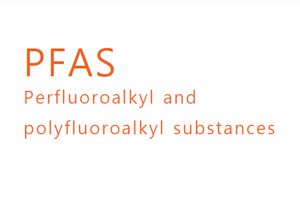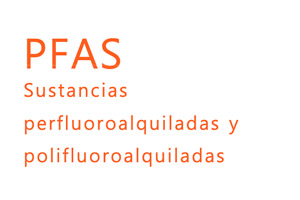In July 2022, the National Academies of Science, Engineering, and Medicine (NASEM) released a
report that recommends that healthcare providers offer PFAS blood testing to those “likely to have a history of elevated exposure” to PFAS. Those who may have higher exposure to PFAS include people living in communities with PFAS-contaminated drinking water or those who work in jobs that involve PFAS chemicals (ex: firefighter).
- What can PFAS blood tests tell you?
- The blood test can determine how your PFAS levels compare to other people living in the United States.
- The results cannot help doctors predict the risk of future health effects.
- For children with PFAS levels higher than the general population, the NASEM report provides guidance for doctors (see table below for pediatric recommendations). The recommendations for adult patients can be found in the NASEM report.
- PFAS testing may not be available at commercial or clinical laboratories.
- PFAS testing is usually not covered by insurance and can be expensive.
- You may be offered a free PFAS blood test as part of some research studies being done in some communities with PFAS contamination in the water.
| PFAS Blood Test Result* |
NASEM-Recommended Clinical Follow-Up for Pediatric Patients |
| <2 ng/mL |
- No PFAS-related medical follow-up is required, continue with regular check-ups.
|
| 2 – <20 ng/mL |
- Reduce the possible sources of PFAS exposure (see section below: “How can I reduce my family’s exposure to PFAS?”)
- Pediatric healthcare providers should prioritize testing for high cholesterol (with a “lipid panel” blood test) for patients 9-11 years old and again between 17-21 years old. This is consistent with the universal cholesterol test recommendations of the American Academy of Pediatrics.
|
| ≥20 ng/mL |
- Reduce the possible sources of PFAS exposure (see section below: “How can I reduce my family’s exposure to PFAS?”)
- Pediatric healthcare providers should prioritize the following tests:
- Blood test for high cholesterol (with a “lipid panel”) for patients 9-11 years old and again between 17-21 years old. This is consistent with the universal cholesterol test recommendations of the American Academy of Pediatrics.
- Blood test for thyroid function (with a TSH test) at well visits for patients over age 18 years
- Assess for the signs and symptoms of testicular cancer and ulcerative colitis at well visits for patients over 15 years
|
*Results should be the sum of the 7 common PFAS compounds discussed in the NASEM report. The abbreviation ng/mL means “nanograms per milliliter” of PFAS in the blood.


